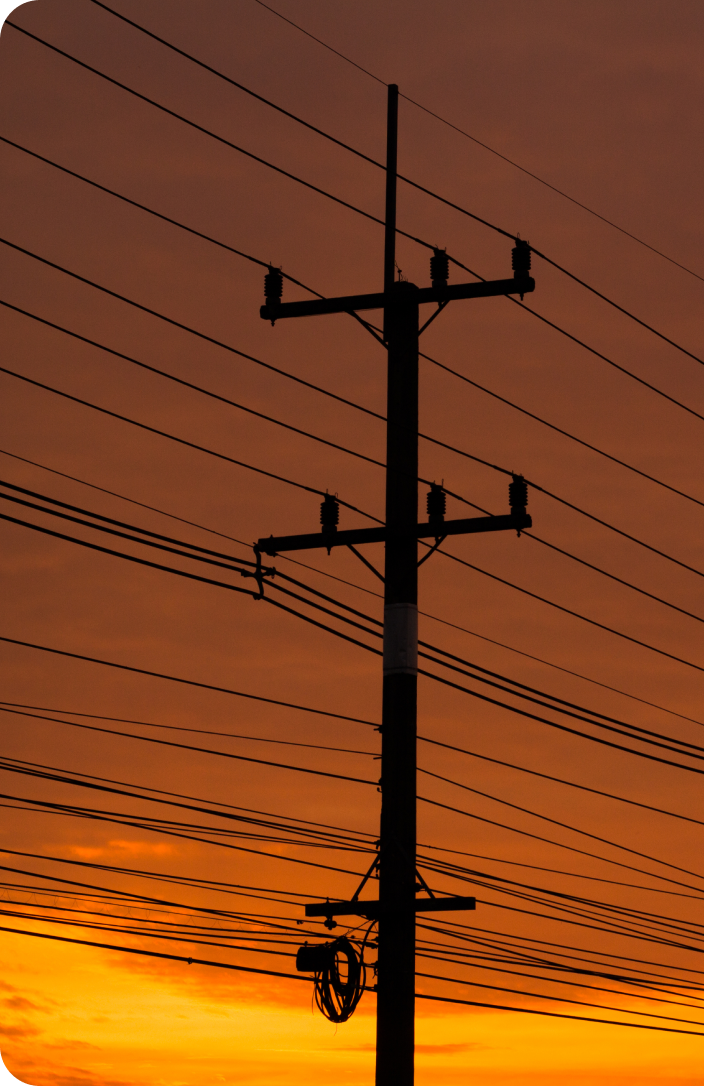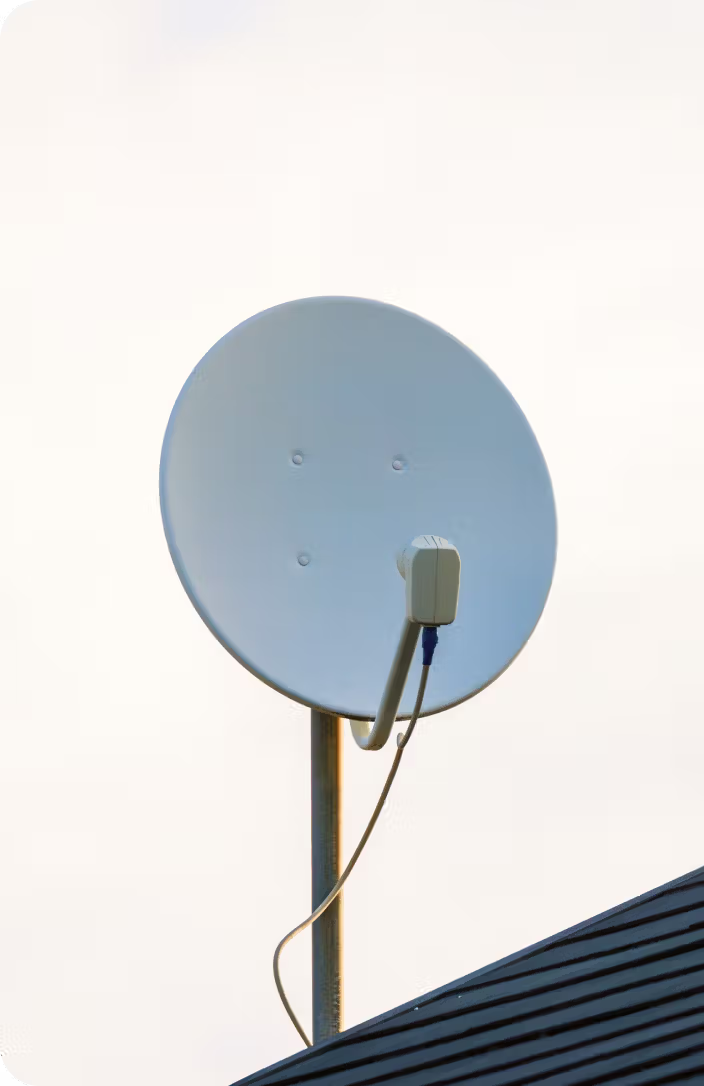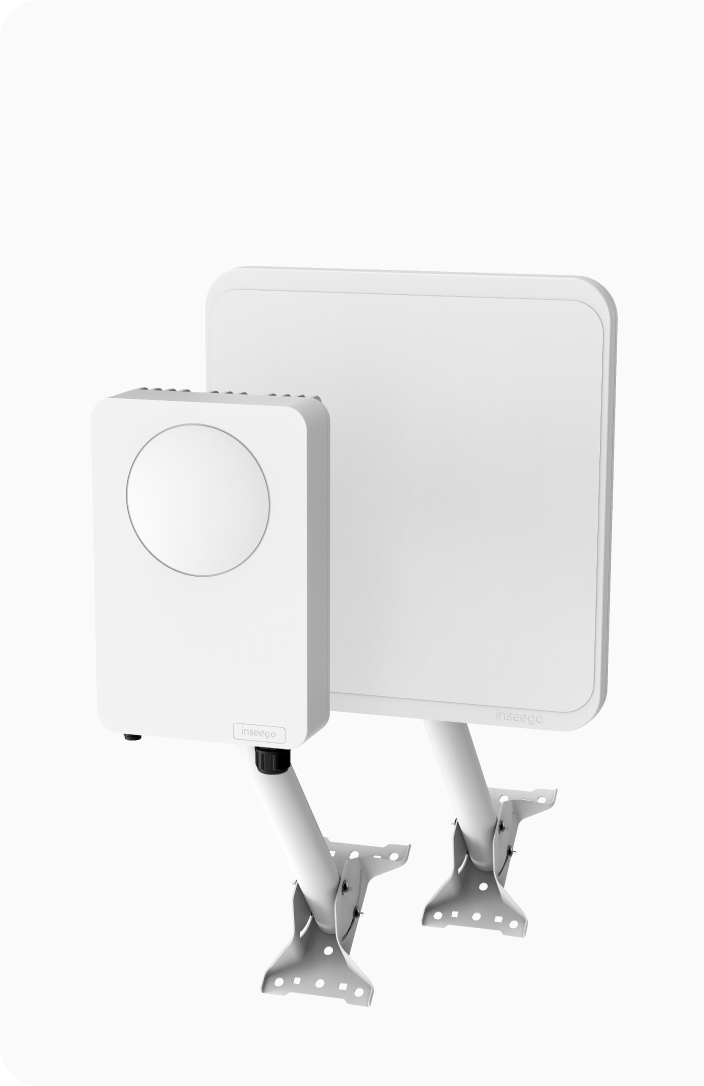Also in this category
View more in Network FailoverNetwork Failover
Failover and failback are crucial to effective business continuity

In today’s digital landscape, businesses must have a strong disaster recovery plan in place. A disaster can strike at any time, whether natural or man-made, and it is essential to be prepared to mitigate any potential damage.
Two key components of a strong disaster recovery plan for any wireless broadband network are failover and failback. These terms may sound similar, but they have distinct functionalities. Each operation provides essential capabilities in the event of a disaster. Notably, both operations complement each other, and businesses looking to maximize their business continuity should consider combining them.
In this blog, we will delve deeper into the differences between failover and failback, how the two operations support each other, and how they can benefit your business.
Failover prevents loss of business continuity in case of network failures or outages
Failover is the process of automatically switching to a recovery site, device, or virtual machine (VM) when the primary system or device fails or goes through an outage. This ensures continuous operations and prevents any downtime that may impact business productivity and revenue. In the case of 5G fixed wireless access, failover can be achieved using secondary routers that take over the connectivity when the primary router fails.
Failover works by constantly monitoring the health and status of the primary system. In the case of a network failure or outage, a failover system seamlessly transitions to a secondary router for connectivity. This is done through automated processes and workflows within the secondary router that are triggered as soon as the primary system goes down.
Explore Inseego's failover solutionsFailback maintains business continuity when transitioning back to primary network
Failback is the process of returning to the primary site after failover operations have been completed. It involves transferring workloads and data back to the primary system once it is up and running again. This is crucial to maintaining data integrity and ensuring that the primary system is ready to resume normal operations.
The failback process typically involves replicating any data changes made during the failover operation back to the primary system. This can be done through data replication and change data capture techniques to ensure that all changes are accurately transferred. Once the primary system is available, the failback process can be initiated through automation and orchestration tools, minimizing any manual intervention.
In the case of connectivity failback when the primary router comes back online, the secondary router automatically transfers any changes made during the failover process back to the primary system, ensuring accuracy and minimizing potential data loss. This not only saves time and effort for IT teams but also ensures a smooth and uninterrupted workflow for businesses.
Failover and failback provide complementary strengths
Failover and failback each provide business value. Failover ensures business continuity during an outage or emergency, ensuring businesses can maintain operations and avoid costly downtime. This unbroken connectivity also ensures that data replication can happen constantly between primary and secondary systems, minimizing data loss when networks go down unexpectedly. This ability to always maintain services without loss of data maximizes business availability, ensuring delivery of the best possible experience and most constant access for customers, preventing the negative impact downtime can have on business reputation.
But the primary goal of any business in case of an outage is getting back onto its primary network with data and workflows intact.
This is where failback systems come in. These automated systems greatly reduce the need for manual interventions to bring data back onto the primary network and connect workflows to ensure information and efforts that were used on the backup network aren’t unnecessarily replicated. Businesses keep all their information and progress without requiring manual duplication by staff, saving time and resources for employees to focus on more productive work than simply getting back up online.
Inseego devices combine failover and failback capabilities
Inseego's all-in-one 5G fixed wireless access cellular routers deliver high-speed internet connectivity, serving as effective cellular failover solutions with seamless failback capabilities. This ensures your business remains operational through optimal conditions, network outages, and back to normal operations.
This is especially true for our FX3100 5G cellular router, which is tailored for businesses seeking a reliable secondary internet connection. With multiple WAN ports and cutting-edge 5G technology, it acts as a robust failover device. In the event of a primary network outage, the FX3100 automatically switches to its backup connection, maintaining uninterrupted business continuity.
Equipped with dual SIM support, the FX3100 enhances reliability and flexibility. Its failback capability ensures a smooth transition back to the primary connection once it is restored, minimizing downtime.
For businesses in rural locations, our FW3000 outdoor cellular antenna offers an effective supplement to secondary internet connections. The FW3000 can capture cellular signal from far away towers ensuring robust connectivity even in areas with traditionally limited network coverage.
Learn more about the FW3000 5G outdoor cellular antennaLearn more about how Inseego can elevate your business's network resilience through its world-class failover and failback solutions in both urban and rural locations. Contact us to learn more about enhancing your business's connectivity and continuity.
Do you currently have a failover solution?
What are you using for failover?
Cellular provides a superior failover option compared to cable
Cellular provides a superior failover option compared to fiber
Cellular provides a superior failover option compared to satellite
Are you interested in using cellular for failover instead?
Cellular is an ideal failover solution for businesses
Are you interested in using cellular as failover for your business?
Besides failover, are you interested in using cellular for flexible or temporary internet?
Even if temporary internet isn’t a focus, would you be interested in using cellular for cost-effective scalability?
Here's some resources
Here's the solution for failover!
Here's a cost-effective solution!
Here's the solution for temporary internet!
What are your details?
How can we contact you?















Did you know?
Our hugely experienced team are located across the USA.
We’ll connect you with the Inseego team member nearest to you.
What happens next?
We aim to contact you via email within 1 business day to arrange a suitable to time for a detailed discussion of your needs.










